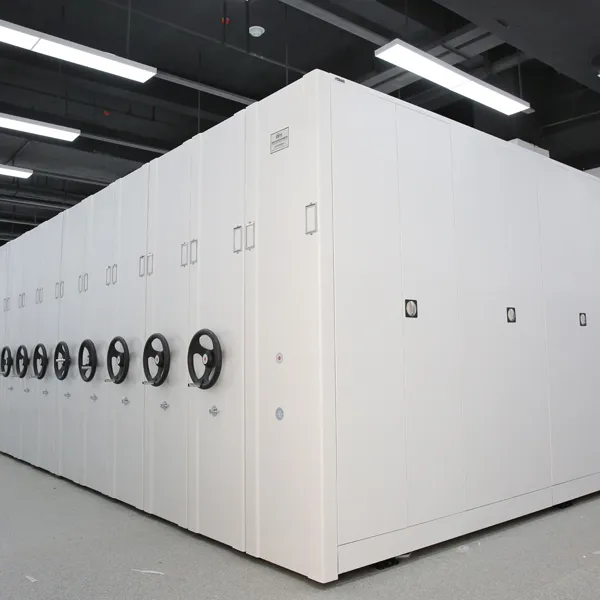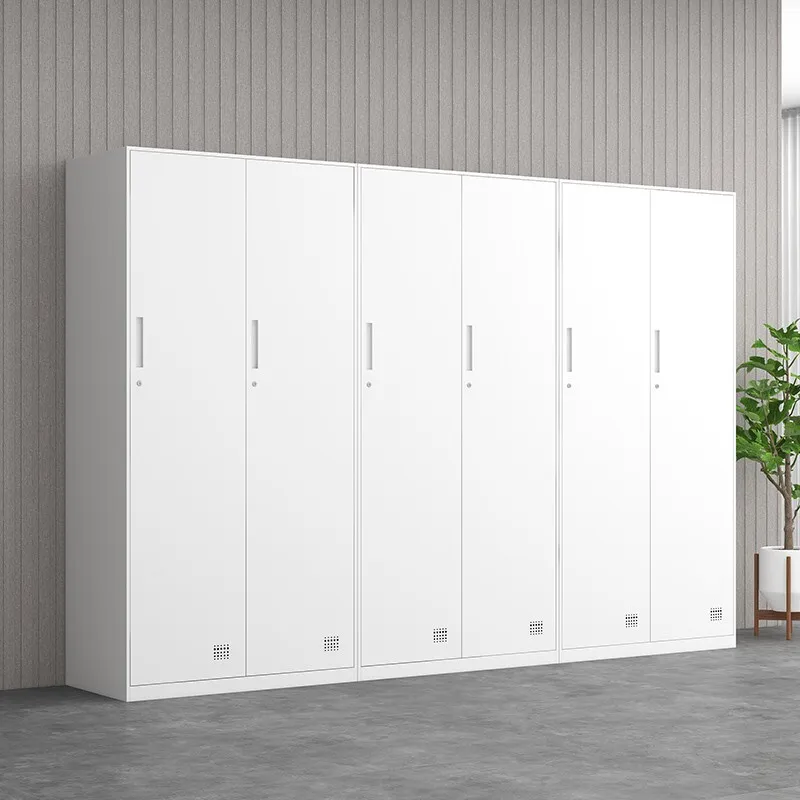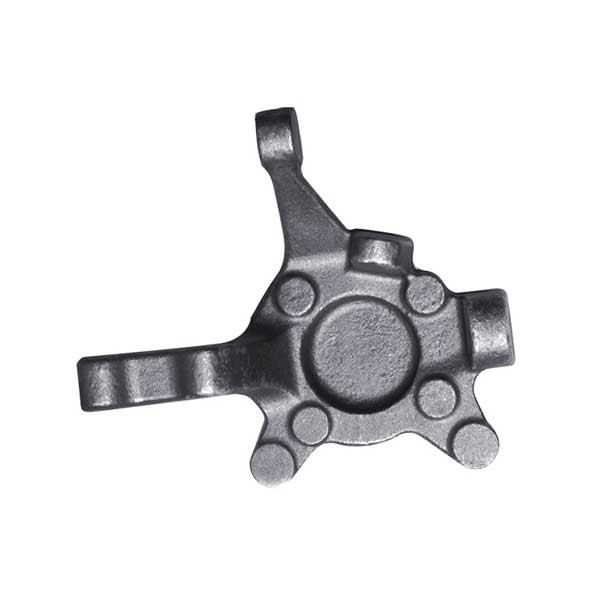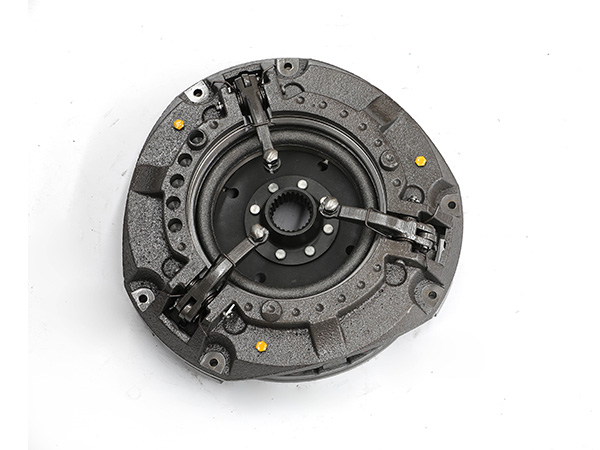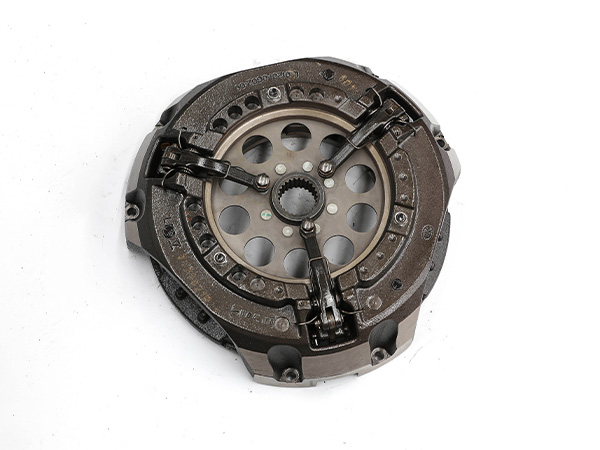UNA máquina para hacer briquetas, también conocida como prensa de briquetas o fabricante de briquetas, es un dispositivo utilizado para comprimir varios tipos de biomasa u otros materiales en uniforme, briquetas compactas. El precio de una máquina para fabricar briquetas puede variar mucho dependiendo de varios factores, como la capacidad., fuente de alimentación, nivel de automatización, y calidad de la maquina. Además, los precios pueden variar según la ubicación geográfica y el fabricante o proveedor específico.
Precio de la máquina para hacer briquetas

Máquinas manuales/manuales: Estas máquinas son pequeñas y de funcionamiento manual., generalmente produciendo briquetas a pequeña escala. Los precios de las máquinas manuales para hacer briquetas pueden oscilar entre $200 a $1,000.
Máquinas semiautomáticas: Estas máquinas están parcialmente automatizadas y requieren alguna intervención manual durante el proceso de producción.. Los precios de las máquinas de fabricación de briquetas semiautomáticas pueden oscilar entre $1,000 a $5,000.
Máquinas completamente automáticas: Estas máquinas están altamente automatizadas., con funciones como la alimentación automática, compresión, y expulsión de briquetas. Los precios de las máquinas de fabricación de briquetas completamente automáticas pueden oscilar entre $5,000 a $50,000 o más, dependiendo de la capacidad y características adicionales.
Estas briquetas se pueden utilizar como combustible o para otros fines, como cocinar, calefacción, o aplicaciones industriales. Aquí hay una descripción general del proceso típico y los componentes involucrados en una máquina de fabricación de briquetas:
…
Para obtener información más detallada sobre el precio de la máquina para fabricar briquetas, por favor haga clic para visitar: https://www.zymining.com/blog/briquette-making-machine-price.html



